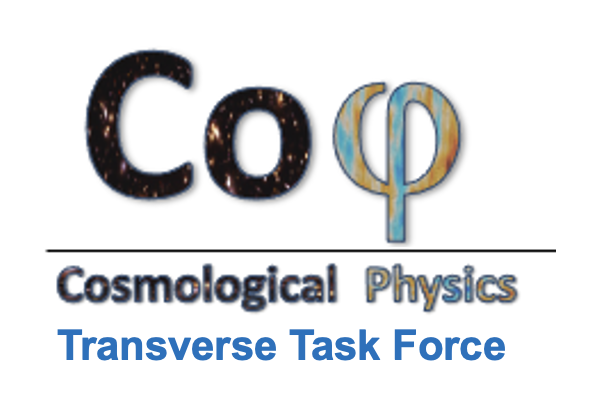Orateur
Description
The black hole LASER effect is a theoretical prediction in General Relativity proposed by Vilenkin in 1978 for one horizon [1] and rediscovered in Analogue Gravity by Corley and Jacobson in 1999 for two horizons [2]. According to them, the superadiance effect (with rotation) or Hawking effect (without rotation) could be amplified by a "laser cavity" formed by either one horizon (a “super-reflecting mirror”) and a reflecting mirror or two time-reversed horizons (an outer horizon and an inner horizon in the case of a charged black hole for instance). The amplification is caused by both the presence of negative energy modes (of rotating or draining types ), i.e. antiparticles in astrophysics, and a dispersive correction which converts the trapped modes into bouncing modes in between both boundaries of the LASER cavity. Therefore, theoretical proposals emerged for analogous systems like in optics with no experimental realization in any analogue system despite false alarms, as dispersive analogous systems allow for superluminal or subluminal corrections or even subluminal followed by superluminal correctios [3-5]. In interfacial hydrodynamics, to construct an experimental analogue black hole laser effect, several horizons are needed, and a non-dispersive horizon is constructed with an accelerating or decelerating flow until the Froude number, defined as the ratio of the velocity of the flow, U, to the velocity of the long gravity waves, (where g is the gravity field and h the water depth), is equal to 1. Experimentally, an obstacle is placed in a free-surface channel to accelerate or decelerate a flow depending on the value of the upstream Froude number and make horizons. We will present our recent works on open channel flows over two successive obstacles (in order to create a white horizon and a successive black horizon with subluminal correction) in canal of a metric size in order to look for hydrodynamical regimes that would accommodate the laser effect manifesting itself as a hydrodynamic instability [6]. We will finish with a presentation of our more recent work on reproducing the Nice experiments [7] and the influence of dispersive horizons on Hawking radiation [8].
References:
[1] Vilenkin, A. (1978). Exponential amplification of waves in the gravitational field of ultrarelativistic rotating body. Physics Letters B, 78(2-3), 301-303.
[2] Corley, S., & Jacobson, T. (1999). Black hole lasers. Physical Review D, 59(12), 124011.
[3] Faccio, D., Arane, T., Lamperti, M., & Leonhardt, U. (2012). Optical black hole lasers. Classical and Quantum Gravity, 29(22), 224009.
[4] Leonhardt, U., & Philbin, T. G. (2007). Black hole lasers revisited. Quantum analogues: from phase transitions to black holes and cosmology, 229-245.
[5] Peloquin, C., Euvé, L. P., Philbin, T., & Rousseaux, G. (2016). Analog wormholes and black hole laser effects in hydrodynamics. Physical Review D, 93(8), 084032.
[6] Coutant, A., & Parentani, R. (2010). Black hole lasers, a mode analysis. Physical Review D, 81(8), 084042.
[7] Rousseaux, G., Mathis, C., Maïssa, P., Philbin, T. G., & Leonhardt, U. (2008). Observation of negative-frequency waves in a water tank: a classical analogue to the Hawking effect?. New Journal of Physics, 10(5), 053015.


